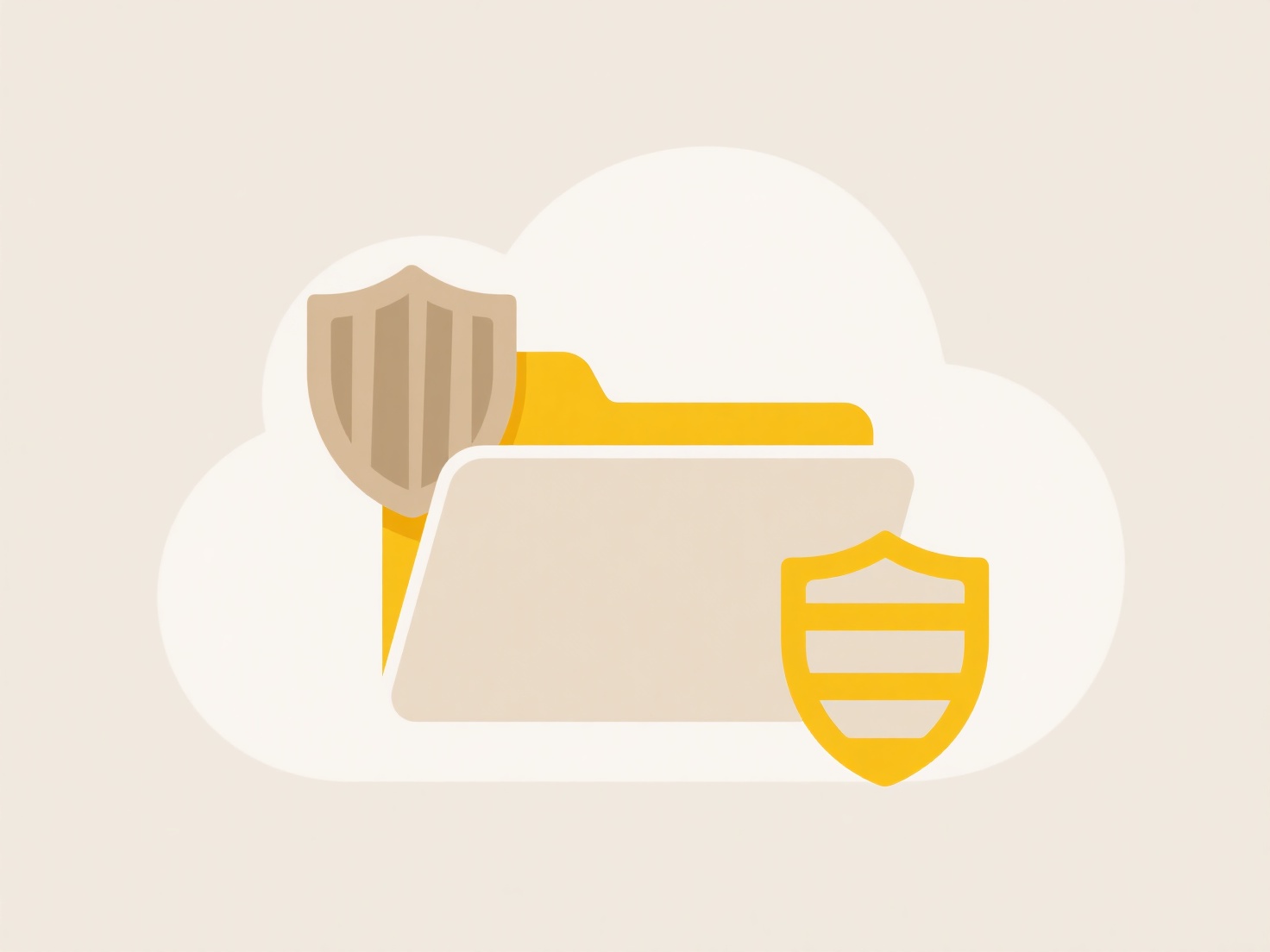
Sharing encrypted files without cloud storage involves protecting sensitive information during transfer to recipients, even when they don't utilize online platforms like Dropbox or Google Drive. Encryption scrambles the file using a key, making it unreadable without the correct decryption method. This differs from cloud transfers as it requires sending the encrypted file itself through alternative channels like email attachments, direct downloads from private servers, or physical media (USB drives), bypassing online storage services entirely.

For instance, a healthcare provider might encrypt patient records using software like 7-Zip (creating an AES-256 encrypted ZIP file) and email it to a specialist, who then uses the shared password to decrypt locally. Similarly, a lawyer could save confidential contracts on a password-protected USB drive encrypted with VeraCrypt and physically deliver it to a client, who enters the passphrase on their own computer to access the files.
This approach offers significant control over data security and location, appealing to industries handling sensitive data (legal, healthcare, finance). However, securely sharing the decryption key/passphrase remains critical and challenging, often needing a separate channel like a phone call. Additionally, recipients must have compatible decryption software (like 7-Zip or VeraCrypt) installed. While empowering data ownership, it places more responsibility on users for secure key management. Future developments focus on making non-cloud encrypted sharing tools more intuitive and interoperable to encourage wider, secure adoption.
How do I share encrypted files with recipients who don't use cloud storage?
Sharing encrypted files without cloud storage involves protecting sensitive information during transfer to recipients, even when they don't utilize online platforms like Dropbox or Google Drive. Encryption scrambles the file using a key, making it unreadable without the correct decryption method. This differs from cloud transfers as it requires sending the encrypted file itself through alternative channels like email attachments, direct downloads from private servers, or physical media (USB drives), bypassing online storage services entirely.

For instance, a healthcare provider might encrypt patient records using software like 7-Zip (creating an AES-256 encrypted ZIP file) and email it to a specialist, who then uses the shared password to decrypt locally. Similarly, a lawyer could save confidential contracts on a password-protected USB drive encrypted with VeraCrypt and physically deliver it to a client, who enters the passphrase on their own computer to access the files.
This approach offers significant control over data security and location, appealing to industries handling sensitive data (legal, healthcare, finance). However, securely sharing the decryption key/passphrase remains critical and challenging, often needing a separate channel like a phone call. Additionally, recipients must have compatible decryption software (like 7-Zip or VeraCrypt) installed. While empowering data ownership, it places more responsibility on users for secure key management. Future developments focus on making non-cloud encrypted sharing tools more intuitive and interoperable to encourage wider, secure adoption.
Quick Article Links
How do I search by file type (e.g., .pdf, .docx)?
Searching by file type lets you filter results to specific document formats, using extensions like .pdf for PDFs or .doc...
How do I search files stored in OneDrive?
Searching files in OneDrive involves using its built-in search feature to quickly find specific files or folders stored ...
How does cloud auto-save work?
Cloud auto-save continuously saves changes made to a file directly to remote cloud storage servers without requiring man...